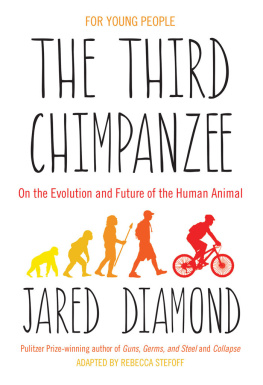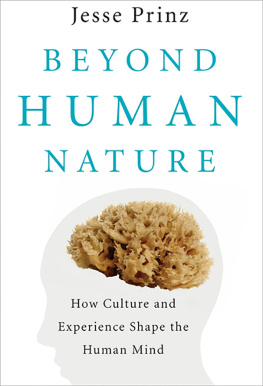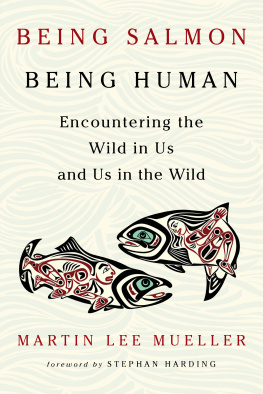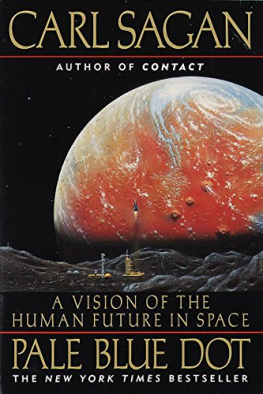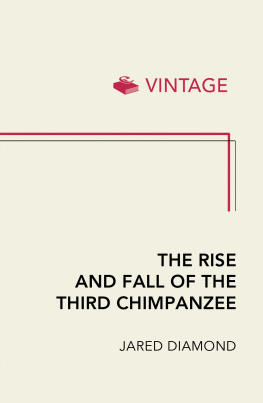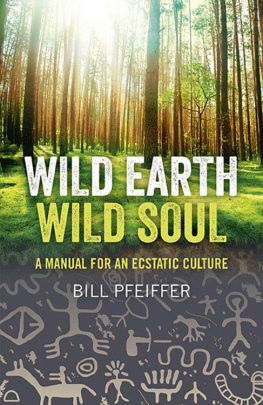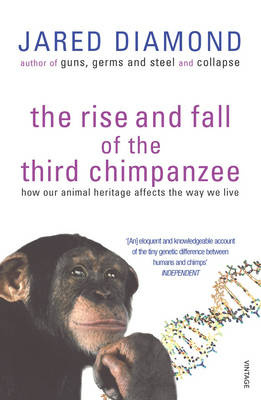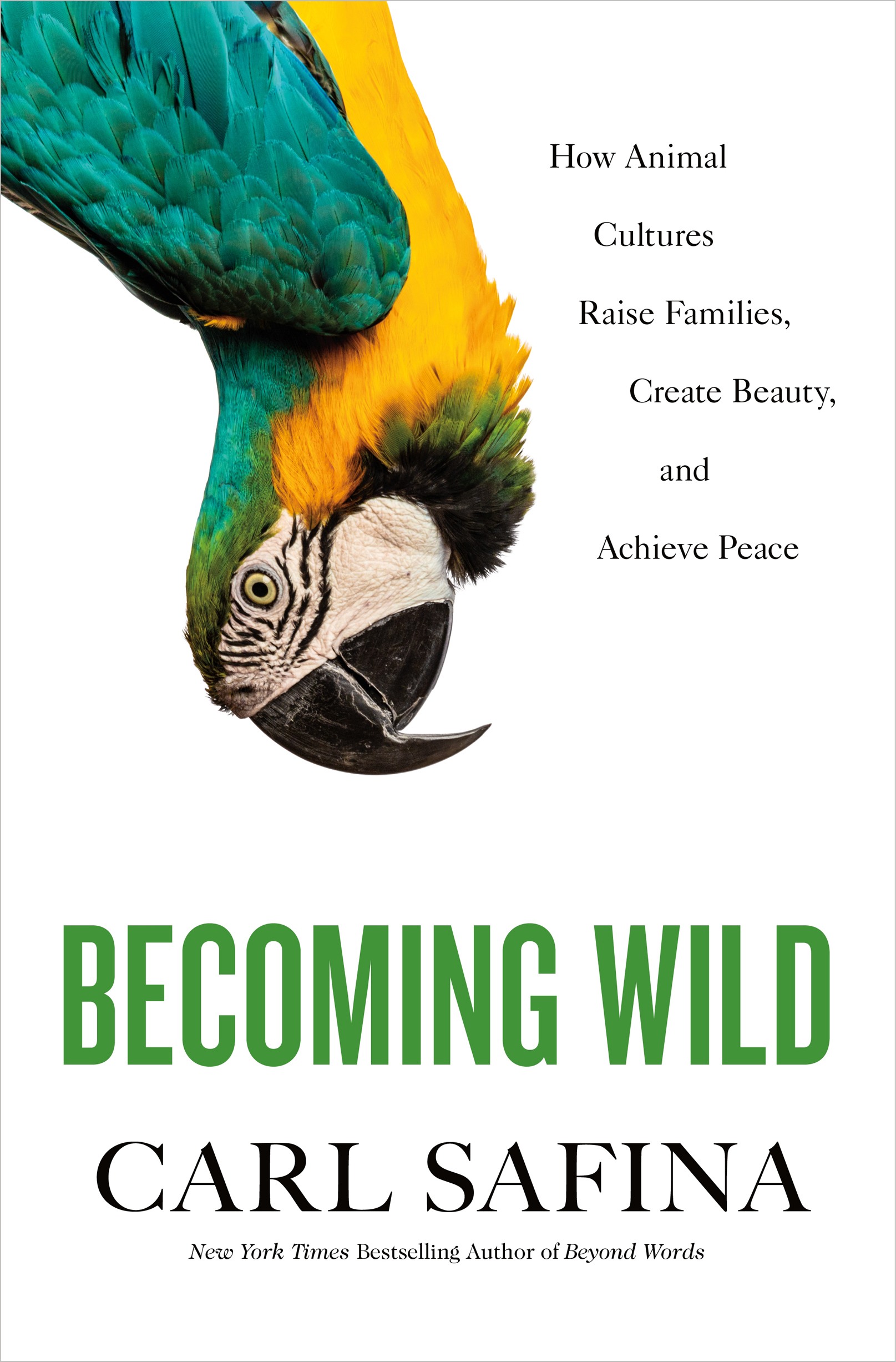The author and publisher have provided this e-book to you for your personal use only. You may not make this e-book publicly available in any way. Copyright infringement is against the law. If you believe the copy of this e-book you are reading infringes on the authors copyright, please notify the publisher at: us.macmillanusa.com/piracy.
The more the habits of any particular animal are studied by a naturalist, the more he attributes to reason and the less to unlearnt instincts.
A flock of scarlet macaws bursts from the deep rainforest like flaming comets, several dozen big, bright birds with streaming tails and hot colors. With much self-generated fanfare, they settle into high trees above a steep riverbank. Theyre noisy and playful. If this is the serious business of their lives, they seem to be enjoying themselves and each other. Even within the flock, its easy to see that many travel as close-together pairs. Following one such pair is a third bird, a hefty juvenile from last years breeding season who is continually begging and bothering its parents. The other year-old macaws have learned a more dignified independenceif youd call hanging upside down, fooling around, and flirting dignifiedand have begun sorting themselves into their own young lives.
A little chimpanzee rides on his mothers back to a water hole. Its the dry season, so only scattered shallow puddles remain. Its hot. Everyone has been in a distant fruit tree all morning, and after trekking through thick forest, the whole group is keen with thirst. The mother searches out some moss, wads it into a kind of sponge, dips it into a tiny puddle, puts the wet sponge into her mouth, and presses out a drink. Her little prince hops off, taps her until she gives him the sponge, and does the same. After this crucial lesson about how to quench thirst in the dry season, he and his mother relax enough to find his friends and indulge in socializing.
Meanwhile, in tropical water two miles deep, a defenseless infant sperm whale waits at the warm, sunlit surface while her mother hunts squid in night-black frigid water thousands of feet below. Like a balloon on a string, the baby follows her unseen mother. She is hearing the clicks of Moms sonar. Nearby, the babys aunt stands guard and waits her turn to dive and hunt. At the first signal of a threat to the baby, the whole family responds to the summons, rushing up from far beneath the indigo sea.
THE STORIES IN THIS book are about animal cultures. The natural does not always come naturally. Many animals must learn from their elders how to be who they were born to be. They must learn the local quirks, how to make a living, and how to communicate effectively in a particular place among their particular group. Cultural learning spreads skills (such as what is food and how to get it), creates identity and a sense of belonging within a group (and distinct from other groups), and carries on traditions that are defining aspects of existence (such as what works as effective courtship in a particular region).
If someone in your community has already figured out whats safe and what to avoid, sometimes it pays to do the done thing. If you go it alone, you might learnthe hard waywhat is poisonous or where its dangerous. Its highly practical for members of a species to rely on social learning to get them the tried and true.
Until now, culture has remained a largely hidden, unappreciated layer of wild lives. Yet for many species, culture is both crucial and fragile. Long before a population declines to numbers low enough to seem threatened with extinction, their special cultural knowledge, earned and passed down over long generations, may begin disappearing.
This book is also about where culture has led Life (capital L meaning all of life on Earth, writ large) during its journey through deep time. The scarlet macaws flaming bodies, for instance, offer a magnificent mystery: Why do we perceive as beautiful the colors and plumes that birds themselves also see as beautiful? Long before humans, Life developed for itself an ability not just to perceive but to createand to desirewhat we call beauty. Why does the perception of beauty exist on Earth? This aspect of our present inquiry leads to a very surprising conclusion about beautys part in evolution. Well get into the amazing details as our journey unfolds. For now Ill just tell you that when I was writing one Sunday evening and I recognized beautys overlooked role in driving the evolution of new species, the hair on my arms stood up.
WE BECOME WHO WE are not by genes alone. Culture is also a form of inheritance. Culture stores important information not in gene pools but in minds. Pools of knowledgeskills, preferences, songs, tool use, and dialectsget relayed through generations like a torch. And culture itself changes and evolves, often bestowing adaptability more flexibly and rapidly than genetic evolution could. An individual receives genes only from their parents but can receive culture from anyone and everyone in their social group. Youre not born with culture; thats the difference. And because culture improves survival, culture can lead where genes must follow and adapt.
Throughout animal life on Earth, the tapestry of genes is overlaid with more learned knowledge and information than humans have realized. Social learning goes on all around us. But its subtle; you have to look carefully and for a long time. This book is one deep, clear look into things that are difficult to see.
We will see how, if youre the sperm whale Pinchy, or the macaw Tabasco, or the chimpanzee Musa, you too experience your wild life with the understanding that you are an individual in a particular community that does things in certain ways. Well see that in a variable and complex world, cultures provide answers to the question of how to live where one lives.
Learning how we live from others is human. But learning from others is also raven. Ape and whale. Parrot. Even honeybee. Assuming that other animals dont have culture because they dont have human culture is like thinking that other creatures dont communicate because they dont have human communication. They have their communication. And they have their cultures. Im not saying that life feels the same to them as it feels to you; no ones life does. Im saying that instinct goes only so far; many animals must learn almost everything about how to become who they will be.
The whales, parrots, and chimps we will visit represent three major themes of culture: identity and family, the implications of beauty, and how social living creates tensions that culture must soothe. These species and many others in these pages will be our teachers. We will learn something from each that will widen our appreciation of being alive in this miracle we offhandedly refer to as the world.
By going deep into nature, looking at individual creatures in their free-living communities, we are going to get a very privileged glimpse behind the curtain of Life on Earth. Watching as knowledge, skills, and customs flow among other species provides us with a new understanding of what is constantly going on unseen by us, beyond humanity. It will help inform the answer to that most urgent of questions: Who are our traveling companions in the journey of this planetwho are we here with?


